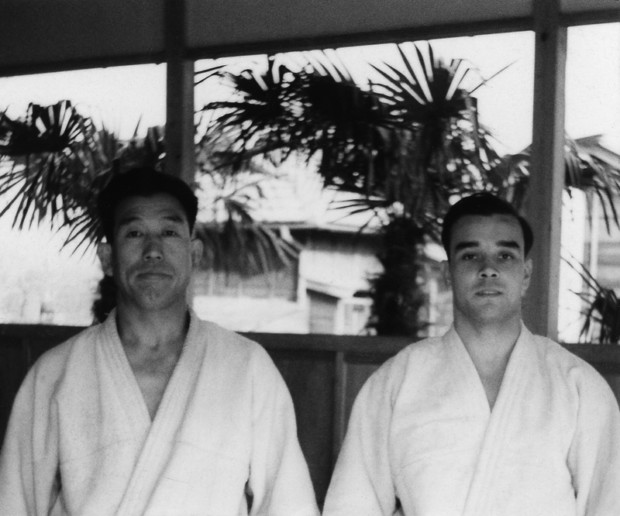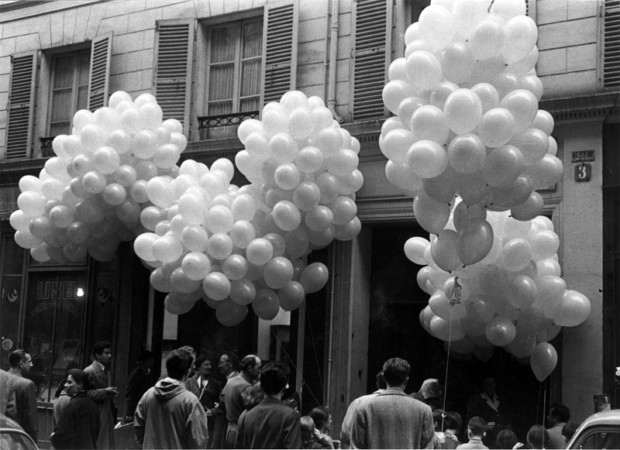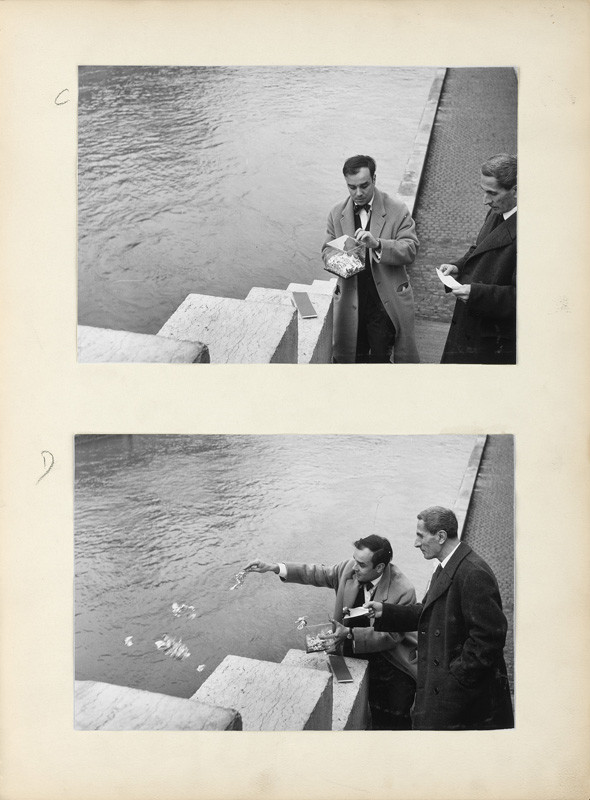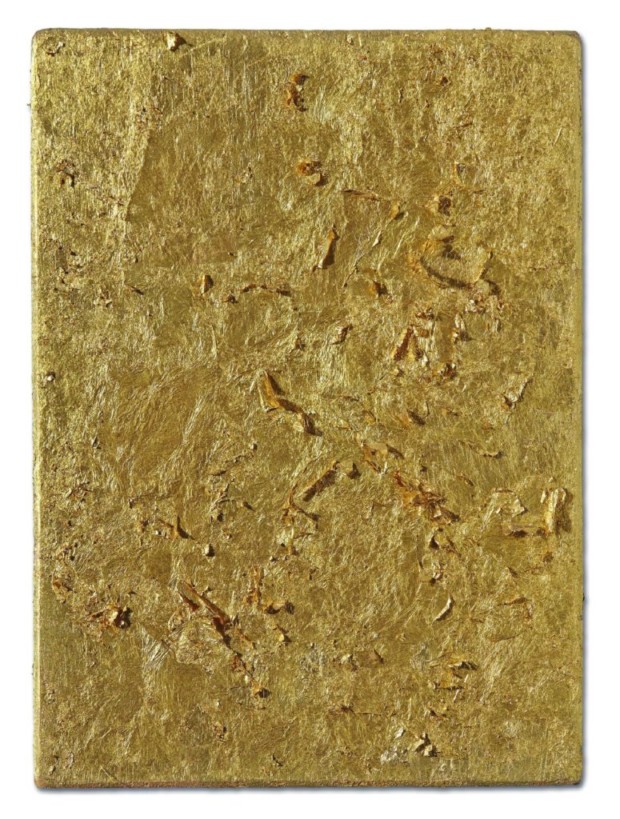5 Famous Artists Who Were Migrants and Other Stories
As long as there have been artists, there have been migrant artists. Like anyone else, they’ve left their homeland and traveled abroad for many...
Catriona Miller 18 December 2024
Yves Klein made blue a trademark. The International Klein Blue (IKB) was coined by Klein, even though the color existed before the name. But don’t worry if nude models smeared with blue paint and pressing themselves on canvas aren’t your thing. There’s a different facet of Yves Klein to discover—his unusual use of gold.
Klein died at just 34, but his impact was profound. Art critic Peter Schjeldahl called him “the last French artist of major international consequence.” Born into a family of artists, Klein was initially more interested in judo. He even ended up with a black belt after spending a year and a half in Japan.

As much as he was absorbed in grandeur and the sublime, Klein also created subtle works. He looked at the sky and declared it his first artwork once while lying on the grass with two friends. He opened an exhibition by releasing 1001 helium-filled balloons into the streets of Paris.

Another time, his entire exhibition consisted of nothing but an empty gallery with white walls. The title read: “The Specialization of Sensibility in the Raw Material State of Stabilized Pictorial Sensibility.”
Klein’s boundary-pushing art was somewhat a reflection of his personality. Some art historians see him as a predecessor of performance or even conceptual art. Others argue that he wasn’t entirely conscious of how much impact his art had made. Klein considered himself a fan of mysticism. He was a member of the Rosicrucian society and engaged in rather pretentious spiritual endeavors. His writings, rooted in Neo-Platonic philosophy, had the flavor of your typical middle-age-crisis-new-age neighbor. But alongside his passion, he poked fun at the gullible wealthy collectors, the institutional forces, and himself.
When one collector expressed interest in purchasing an “invisible” painting from his empty gallery, Klein had an idea. What if he created specific terms for buying a non-existent work? Starting in 1959, he sold a few works that disappeared during staged rituals. He wasn’t selling a material piece of art but a space, grandiloquently called the “Zone of Immaterial Pictorial Sensibility.” To obtain it, one had to pay a fair amount of gold. Klein would then sign a cheque. However, to complete the work, the buyer had to burn the cheque over the Seine River, with Klein and witnesses present. As the cheque’s ashes blew in the wind, Klein dropped half of the gold, in the form of gold leaf, into the river. The remaining gold flickered in the air before sinking into the water, symbolizing the ephemeral nature of his art.

As Klein later admitted, “Incredible as it may seem, I have actually sold a number of these pictorial immaterial states.” Years after his death, some perceived Klein as a refined master of color and innovation, while others saw him as a charlatan. In those brief moments on the bank of the Seine, he managed to be both at the same time. Isn’t that brilliant?
P.S. If you wonder what Klein did with the rest of the gold… below is one example.

DailyArt Magazine needs your support. Every contribution, however big or small, is very valuable for our future. Thanks to it, we will be able to sustain and grow the Magazine. Thank you for your help!